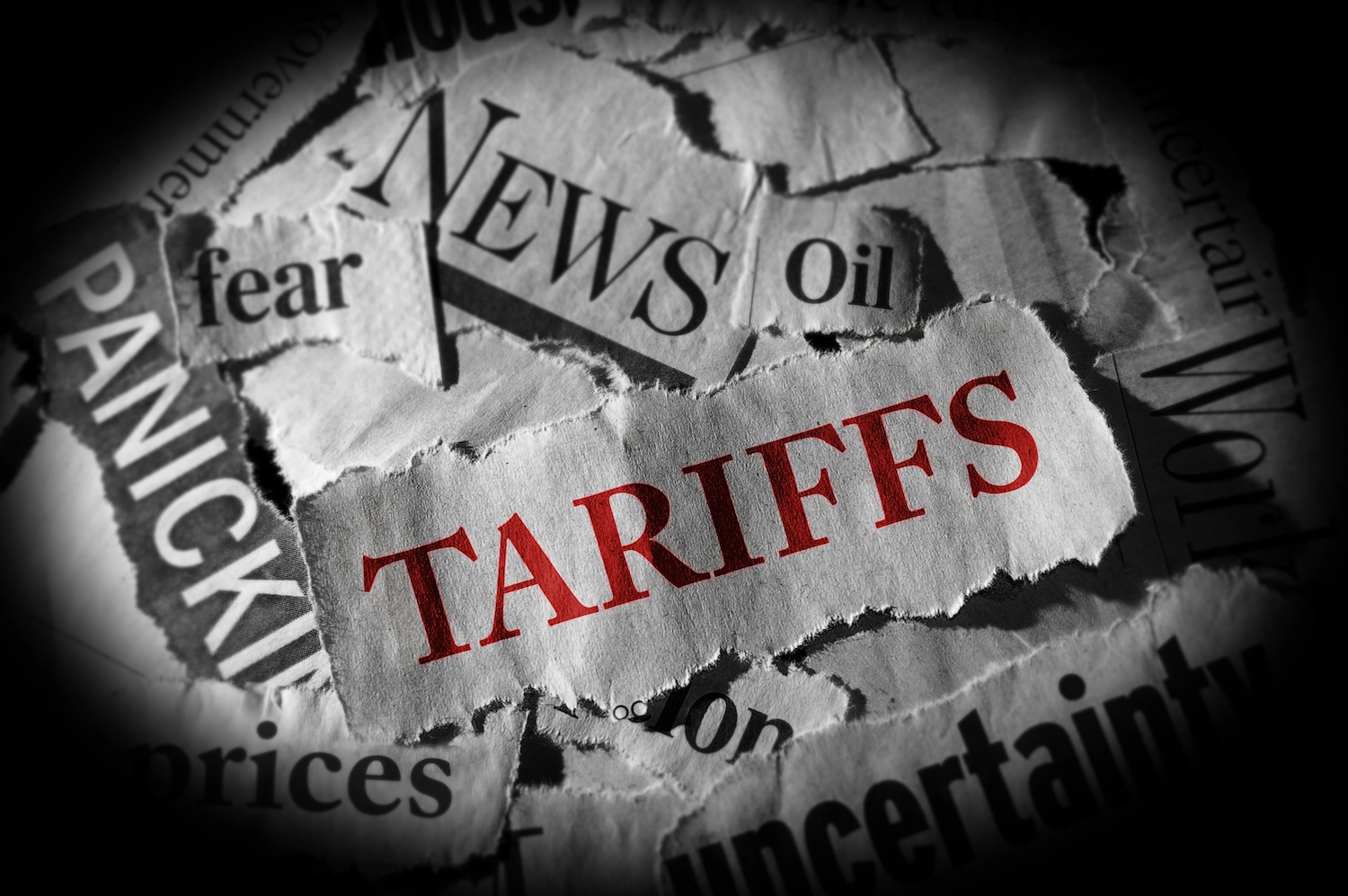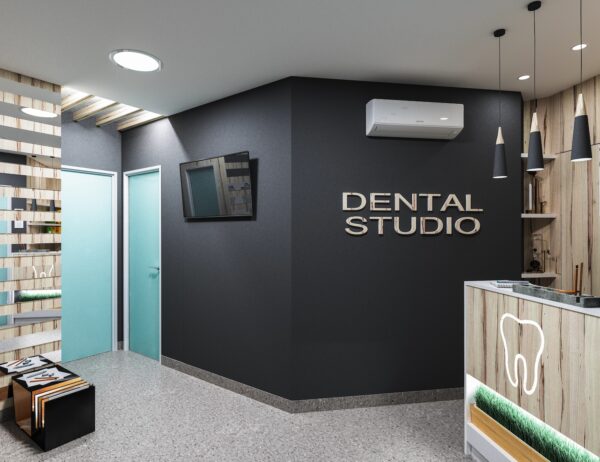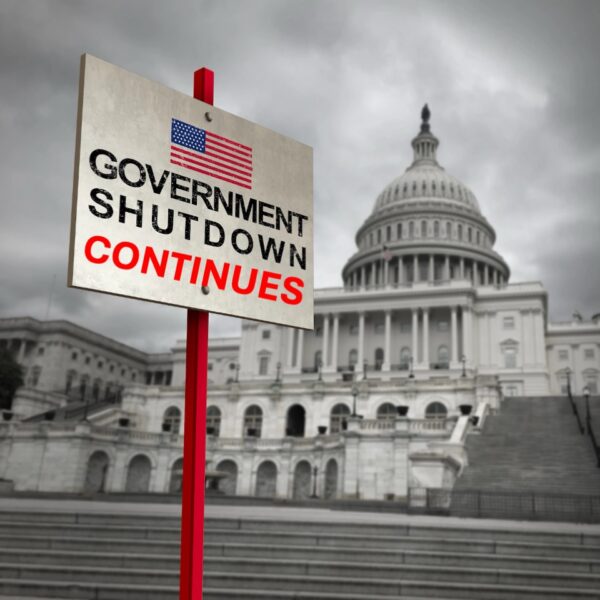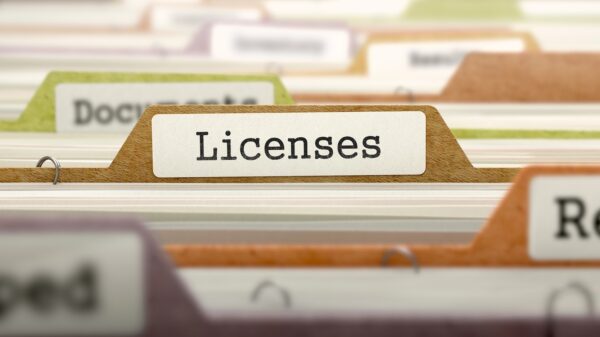As the political landscape shifts, many dental practice owners are wondering how potential tariff changes under a new administration might affect their businesses. While it’s impossible to predict exactly what future trade policies will look like, there are smart steps you can take now to prepare without getting caught up in unnecessary worry.
What Could Be Impacted?
Dental practices rely on a range of supplies and equipment that are often manufactured overseas, including:
- Dental chairs, imaging equipment, and sterilization machines
- Handpieces and other specialty tools
- Personal protective equipment (PPE) like gloves and masks
- Lab materials, including crowns and implants
If tariffs are placed on goods from certain countries, costs for these items could rise. However, much remains uncertain, and even if tariffs are introduced, they could take time to phase in, giving practices an opportunity to adjust.
Don’t Forget Company Vehicles
Another area that could be impacted by tariffs is company vehicles. If your practice owns or leases vehicles for business purposes, potential tariffs on imported automobiles and parts could drive up costs.
Even vehicles manufactured in the U.S. often rely on parts sourced globally. This means:
- The cost of new vehicle purchases or leases could increase.
- Repairs and maintenance expenses could rise if imported parts become more expensive.
- Lead times for service or new vehicle availability could be affected if supply chains are disrupted.
If you anticipate needing to replace or add a business vehicle in the next year or two, it may be worth evaluating your options sooner rather than later.
What Can Dental Practices Do Now?
- Review Vendor Relationships: Now is a good time to review where your equipment and supplies are sourced. Talk to your suppliers about contingency plans or alternative options should tariffs impact certain products.
- Maintain Healthy Inventory Levels: If you rely heavily on imported supplies, consider modestly increasing your inventory on key items to hedge against short-term price increases.
- Budget with Flexibility: Build some extra flexibility into your supply and equipment budgets for 2025 and 2026. Having a little financial cushion can help absorb any potential price fluctuations.
- Stay Informed, Not Alarmed: Rely on reputable, non-partisan sources to track policy changes. Professional organizations like the ADA and your trusted advisors (including us!) will help break down what changes could mean specifically for dental practices.
- Focus on What You Can Control: Operational efficiency, strong vendor partnerships, and proactive financial planning will serve you well regardless of the broader economic environment.
While the headlines may feel overwhelming at times, dental practices are resilient. With some thoughtful planning, you can navigate potential changes smoothly and continue delivering outstanding care to your patients.
If you’d like to discuss ways to strengthen your practice’s financial resilience, our team is here to help.




